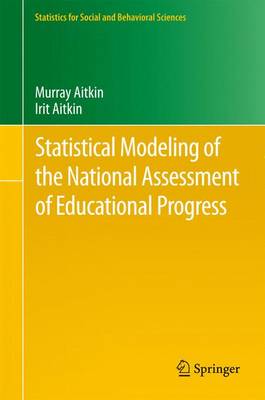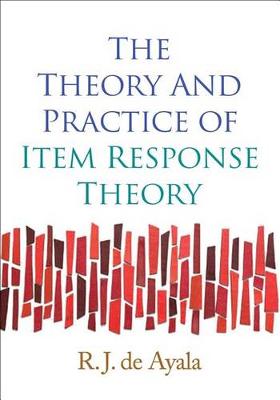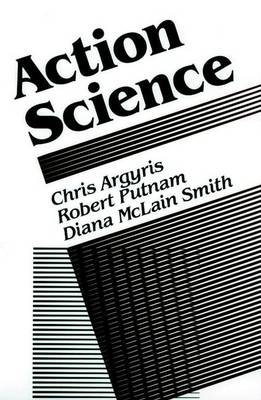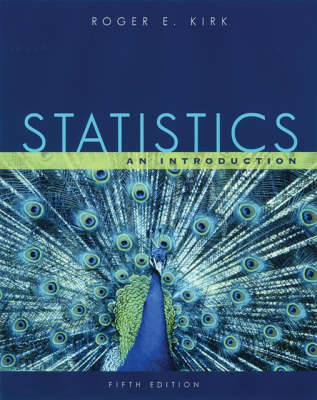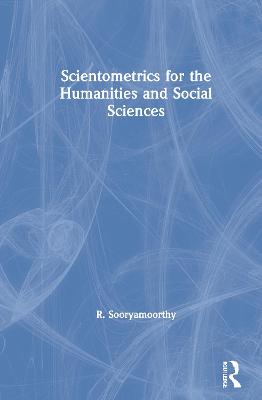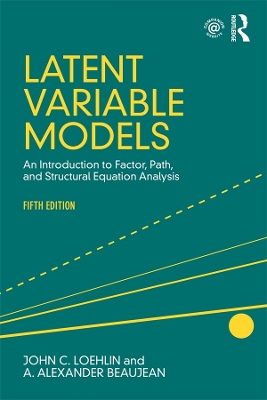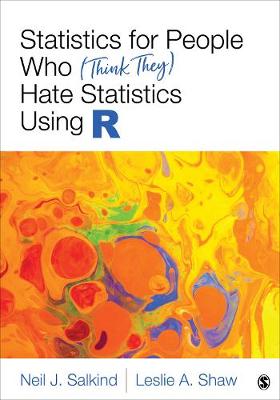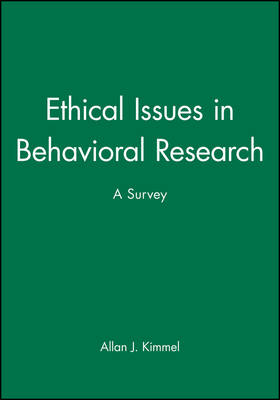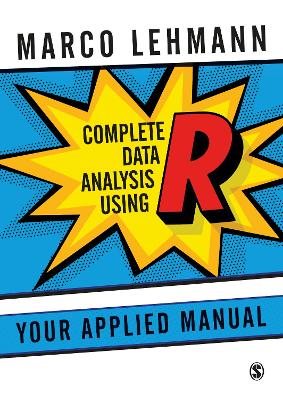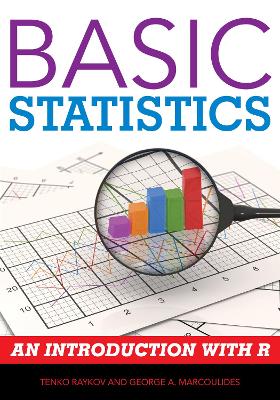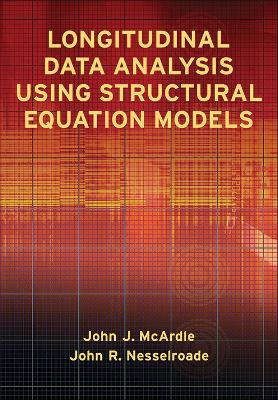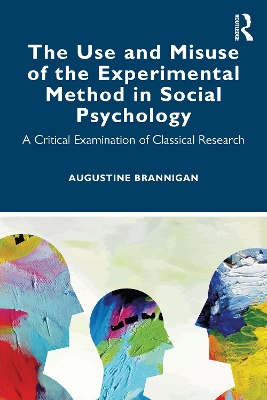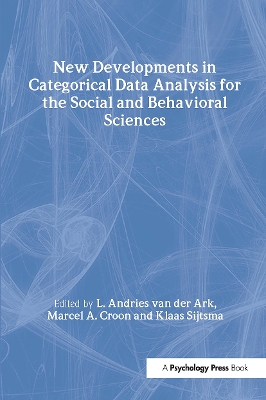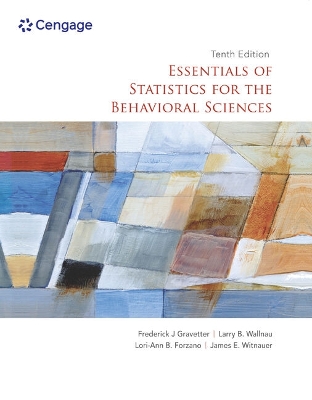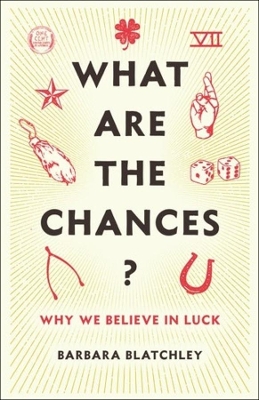The purpose of this book is to evaluate a new approach to the analysis and reporting of the large-scale surveys for the National Assessment of Educational Progress carried out for the National Center for Education Statistics. The need for a new approach was driven by the demands for secondary analysis of the survey data by researchers who needed analyses more detailed than those published by NCES, and the need to accelerate the processing and publication of results from the surveys.This new app...
The Theory and Practice of Item Response Theory (Methodology in the Social Sciences)
by R J de Ayala
Item response theory (IRT) is a latent variable modeling approach used to minimize bias and optimize the measurement power of educational and psychological tests and other psychometric applications.Designed for researchers, psychometric professionals, and advanced students, this book clearly presents both the "how-to" and the "why" of IRT. It describes simple and more complex IRT models and shows how they are applied with the help of widely available software packages. Chapters follow a consiste...
Essentials of Statistics for the Social and Behavioral Sciences (Essentials of Behavioral Science, #3)
by Barry Cohen and R Brooke Lea
Master the essential statistical skills used in social and behavioral sciences Essentials of Statistics for the Social and Behavioral Sciences distills the overwhelming amount of material covered in introductory statistics courses into a handy, practical resource for students and professionals. This accessible guide covers basic to advanced concepts in a clear, concrete, and readable style. Essentials of Statistics for the Social and Behavioral Sciences guides you to a better understanding of...
Action Science (Jossey-Bass social & behavioral science)
by Chris Argyris, Robert Putnam, and Diana McLain Smith
Master Teacher and writer Roger E. Kirk brings two clear goals to the Fifth Edition of STATISTICS: AN INTRODUCTION: to provide a sound introduction to descriptive and inferential statistics and to help students read and understand statistical presentations in their field. Kirk provides guidelines to help you decide when to use various procedures, and how to understand the logic of the procedures. This revision includes a complete update, focusing specifically on increased coverage of effect size...
Scientometrics for the Humanities and Social Sciences is the first ever book on scientometrics that deals with the historical development of both quantitative and qualitative data analysis in scientometric studies. It focuses on its applicability in new and emerging areas of inquiry. This important book presents the inherent potential for data mining and analysis of qualitative data in scientometrics. The author provides select cases of scientometric studies in the humanities and social scienc...
HyperStat is a unique HyperMedia software package designed for the Mac. It serves as an integrated combination of a program for data analysis, a hypertext in statistics, and a set of interactive simulation/data analysis exercises called "explorations". It is both a statistics book that can do calculations and a statistical analysis system. Includes two disks and a user's manual.
Psychologie Der Pers Nlichkeit (Springer-Lehrbuch)
by Jens B Asendorpf
Pers nlichkeitspsychologie - die Wissenschaft von der individuellen Besonderheit des Menschen: Was unterscheidet uns voneinander? Was macht uns aus? Neben den Grundlagen werden die zahlreichen Anwendungsbereiche des Faches klar: Wer ist ein guter Partner? Wie geht man mit sch chternen Kindern um? Was ist soziale Kompetenz? F r die effiziente Pr fungsvorbereitung enth lt die 4., berarbeitete Auflage Merks tze, Studienboxen, Pr fungsfragen sowie ein dt.-engl. Glossar. Neu: das neurowissenschaftlic...
Latent Variable Models: An Introduction to Factor, Path, and Structural Equation Analysis introduces latent variable models by utilizing path diagrams to explain the relationships in the models. This approach helps less mathematically-inclined readers to grasp the underlying relations among path analysis, factor analysis, and structural equation modeling, and to set up and carry out such analyses. This revised and expanded fifth edition again contains key chapters on path analysis, structural eq...
Statistics for People Who (Think They) Hate Statistics Using R
by Neil J. Salkind and Leslie A Shaw
This book seeks to reflect the growing level of concern worldwide regarding the importance of ethical issues within the conduct of behavioral sciences research. Each chapter includes worldwide case studies of ethically controversial investigations which encourage students to more in-depth study.
Drawing Inferences from Statistical Data (Open Learning Units) (Open learning units: statistics)
by Sandy MacRae
Open Learning Units offer a very flexible approach to the teaching of psychology. They are designed to be more than sufficient for the purposes of A/S and A-Level psychology, and the applied emphasis will appeal to various vocational courses such as those offered by BTEC and also to mature students on Access courses. Their primary use will be in the classroom with a tutor's guidance, but the interactive style makes them equally appropriate for the purposes of self-study. More advanced students...
An engaging introduction to statistics, the text provides readers with a tool for learning about behaviour without requiring a strong background in research methods. This comprehensive, yet conversational, text includes making sense sections to help relate and explain material that is often difficult for students to comprehend. The book provides instructions for using SPSS statistical software in each chapter with helpful examples and over 100 screen shots. Gregory Privitera takes a user-friendl...
Basic Statistics provides an accessible and comprehensive introduction to statistics using the free, state-of-the-art, powerful software program R. This book is designed to both introduce students to key concepts in statistics and to provide simple instructions for using R. This concise book: *Teaches essential concepts in statistics, assuming little background knowledge on the part of the reader *Introduces students to R with as few sub-commands as possible for ease of use *Provides practical...
Longitudinal Data Analysis Using Structural Equation Models
by John J. McArdle and John R. Nesselroade
When determining the most appropriate method for analyzing longitudinal data, you must first consider what research question you want to answer. In this book, McArdle and Nesselroade identify five basic purposes of longitudinal structural equation modeling. For each purpose, they present the most useful strategies and models. Two important but underused approaches are emphasized: multiple factorial invariance over time and latent change scores. The book covers a wealth of models in a straigh...
The Use and Misuse of the Experimental Method in Social Psychology
by Augustine Brannigan
This book critically examines the work of a number of pioneers of social psychology, including legendary figures such as Kurt Lewin, Leon Festinger, Muzafer Sherif, Solomon Asch, Stanley Milgram, and Philip Zimbardo. Augustine Brannigan argues that the reliance of these psychologists on experimentation has led to questions around validity and replication of their studies. The author explores new research and archival work relating to these studies and outlines a new approach to experimentation...
New Developments in Categorical Data Analysis for the Social and Behavioral Sciences (Quantitative Methodology)
Categorical data are quantified as either nominal variables--distinguishing different groups, for example, based on socio-economic status, education, and political persuasion--or ordinal variables--distinguishing levels of interest, such as the preferred politician or the preferred type of punishment for committing burglary. This new book is a collection of up-to-date studies on modern categorical data analysis methods, emphasizing their application to relevant and interesting data sets.This vol...
Winner, 2023 William James Book Award, American Psychological Association Division 1 in General Psychology Most of us, no matter how rational we think we are, have a lucky charm, a good-luck ritual, or some other custom we follow in the hope that it will lead to a good result. Is the idea of luckiness just a way in which we try to impose order on chaos? Do we live in a world of flukes and coincidences, good and bad breaks, with outcomes as random as a roll of the dice—or can our beliefs help ch...
Wcssecrets of Statistics 8th Edition W/SPSS 14.0 Software Set
by Nicholas Noviello
